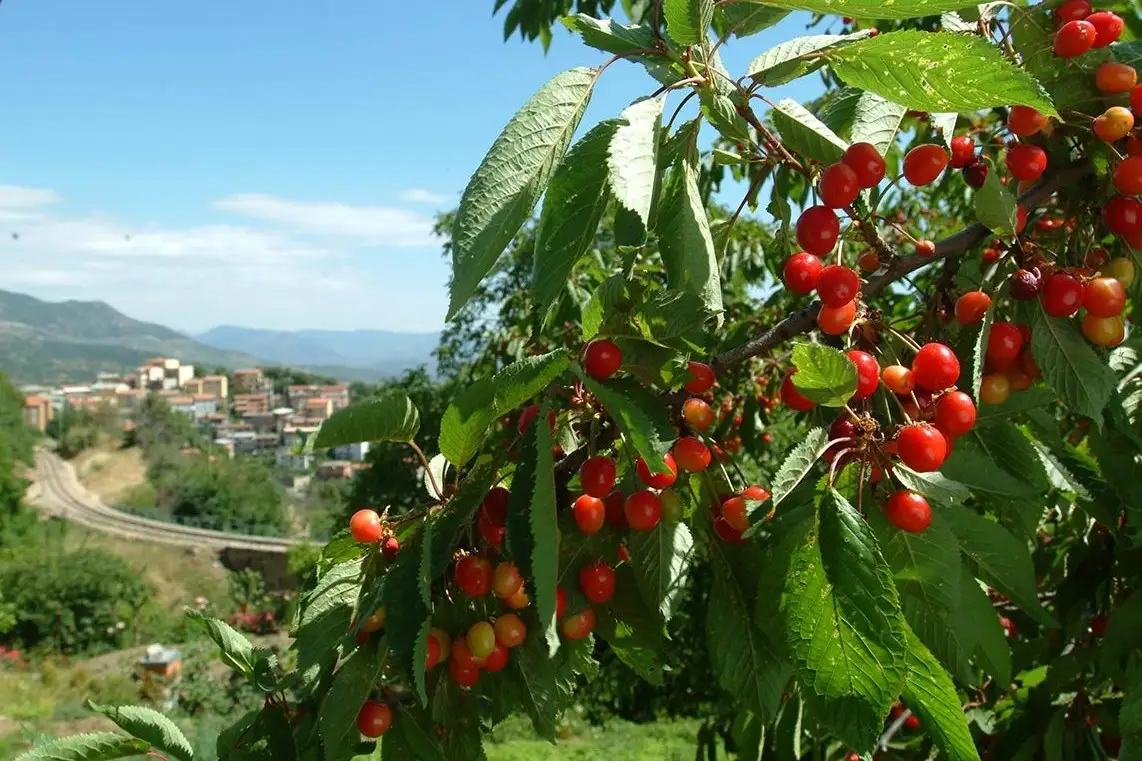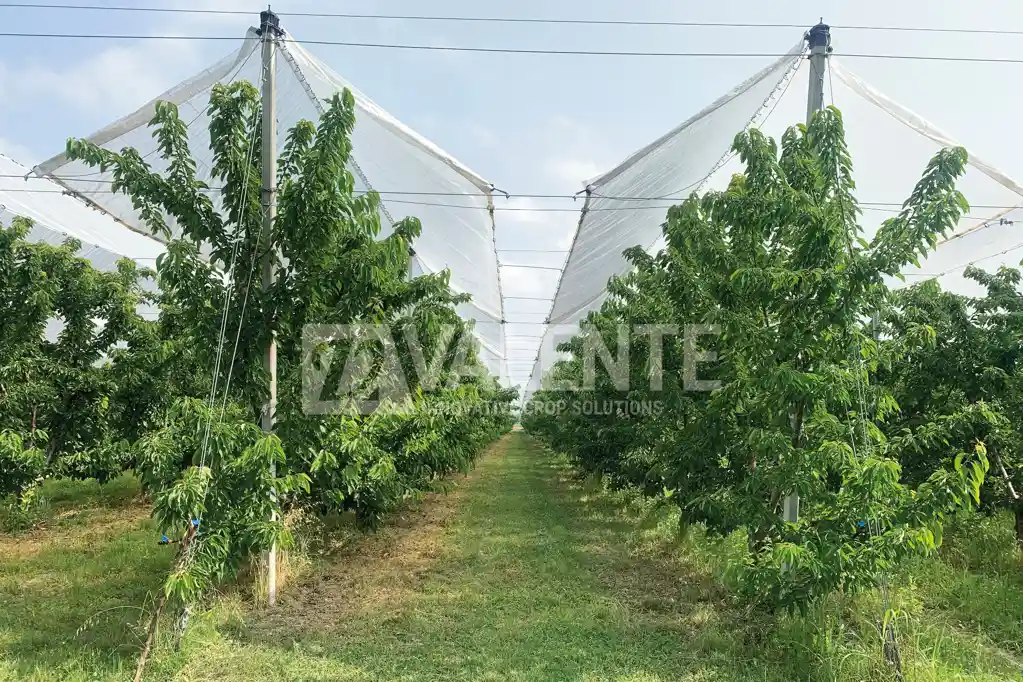Drosophila suzukii, also known as the spotted-wing drosophila, is an invasive insect that causes significant economic damage worldwide, particularly to fruit crops such as cherries and berries.
A recent study conducted on D. suzukii populations in Canada and Germany led to the identification of new viruses infecting this insect.
In particular, researchers investigated the potential interaction between these viruses and the endosymbiotic bacterium Wolbachia, known for its ability to confer antiviral protection.
The study focused on wild populations of D. suzukii, aiming to determine whether the presence of Wolbachia could reduce natural viral infections and thus offer a selective advantage that might explain the persistence of the bacterium in its host.
Virus diversity and sequencing
Thanks to advanced next-generation sequencing (NGS) technologies, the researchers were able to obtain a detailed overview of the D. suzukii virome, identifying eight candidate RNA viruses and two DNA viruses, many of which were reported for the first time in this species.
The most abundant RNA virus detected was “Teise” virus, belonging to the Sobemo-like virus group (family Luteoviridae), already known for its association with D. suzukii in other geographical regions.
The results showed that the presence of Wolbachia was not associated with a lower incidence of Teise virus in the British Columbia (Canada) populations analyzed, while in Germany there was a non-significant trend toward a lower frequency of the virus in flies harboring Wolbachia.
This suggests that the protective effect of the bacterium against natural viruses may be absent or weak, at least in the contexts and for the viruses examined.
Laboratory studies and observations
However, experiments on isofemale lines of D. suzukii reared in the laboratory for 17 generations showed that in some lines, the presence of Wolbachia coincided with the disappearance of Teise virus infection, while in the absence of the bacterium, the virus persisted.
This observation opens up the possibility that Wolbachia may interfere with virus transmission or persistence over the long term, even if it does not offer a clear protective effect at the population level in the short term.
Additionally, the study identified two candidate DNA viruses with very low prevalence, including a nudivirus related to those known to infect other Drosophila species, although attempts to isolate or further characterize their pathogenic potential were unsuccessful.
Implications and future directions
The study highlights the vast viral diversity present in D. suzukii and the need for further research to understand the actual impact of these viruses on the pest and their potential as biocontrol agents.
These findings represent a first step toward identifying pathogenic viruses that could be used to develop specific bioinsecticides against D. suzukii, thus enhancing integrated pest management strategies.
It remains crucial to gain deeper insights into the mechanisms of interaction between viruses, symbionts, and hosts, particularly in relation to geographical variability and population dynamics.
In conclusion, although the antiviral protection conferred by Wolbachia in D. suzukii in natural conditions appears limited, this knowledge may be strategically important for future biotechnological applications.
Source: Dudzic, J. P., McPherson, A. E., Taylor, K. E., Eben, A., Abram, P. K., & Perlman, S. J. (2025). Candidate DNA and RNA viruses of Drosophila suzukii from Canada and Germany, and their interactions with Wolbachia. Journal of Invertebrate Pathology, 108274. https://doi.org/10.1016/j.jip.2025.108274
Image source: Dudzic et al., 2025
Andrea Giovannini
University of Bologna (ITA)
Italian Berry - All rights reserved












